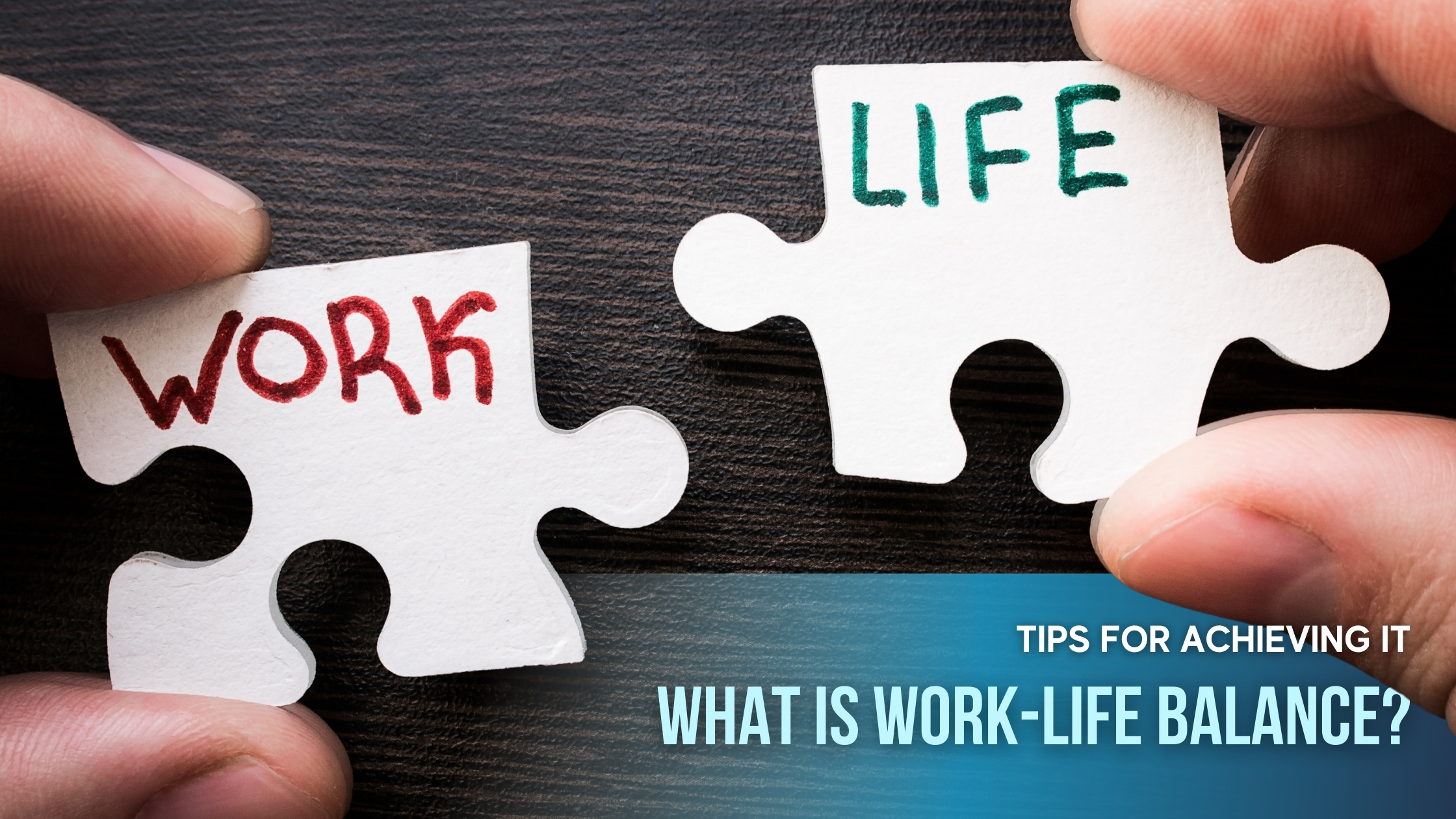Are you struggling to juggle your professional responsibilities with personal life? Finding a healthy work-life balance can feel like an uphill battle, but it is essential for your well-being. In today’s fast-paced world, achieving a harmonious balance between work and life is more crucial than ever. This blog will explore what work-life balance means, why it matters, and practical tips to help you achieve it.
Understanding Work-Life Balance
Work-life balance refers to the equilibrium between your professional duties and personal life. It involves managing your time effectively so that neither work nor personal life overwhelms the other. A healthy work-life balance allows individuals to enjoy their careers while also nurturing their personal lives, leading to improved mental health and overall satisfaction.
Achieving this balance can lead to numerous benefits:
- Reduced Stress: A balanced life helps mitigate stress levels.
- Increased Productivity: When you take time for yourself, you return to work rejuvenated and focused.
- Better Relationships: Spending quality time with family and friends enhances personal connections.
Why is Work-Life Balance Important?0
Maintaining a good work-life balance is vital for several reasons:
- Mental Health: Poor work-life balance can lead to burnout, anxiety, and depression. Prioritizing personal time can alleviate these issues.
- Physical Health: Stress from work can negatively impact physical health. A balanced lifestyle promotes better health outcomes.
- Job Satisfaction: Employees who feel their personal lives are respected tend to be more satisfied with their jobs, leading to lower turnover rates.

Source: proofhub.com
Tips for Achieving Work-Life Balance
Achieving a healthy work-life balance requires intentional effort. Here are some practical tips to help you find that equilibrium:
1. Set Boundaries
Establish clear boundaries between work and personal time. Communicate your availability to colleagues and family members. For example, designate specific hours for work and stick to them.
2. Prioritize Tasks
Use tools like planners or digital calendars to prioritize your tasks. Focus on completing high-priority tasks first, allowing for flexibility later in the day.
3. Take Breaks
Regular breaks throughout the day can help recharge your mind. Step away from your desk for short walks or practice mindfulness exercises during breaks.
4. Embrace Flexibility
If possible, opt for flexible working hours or remote work options. This flexibility can help accommodate personal commitments without sacrificing professional responsibilities.
5. Learn to Say No
Don’t overcommit yourself at work or in your personal life. Recognize your limits and decline additional responsibilities when necessary.
6. Make Time for Hobbies
Engage in activities that bring you joy outside of work. Whether it's reading, gardening, or exercising, making time for hobbies can enhance your overall happiness.
7. Foster Supportive Relationships
Build a support network of friends, family, or coworkers who understand the importance of work-life balance. Share your challenges and seek advice when needed.
The Role of Employers in Work-Life Balance
Employers play a crucial role in fostering a culture of work-life balance within their organizations. Here are ways employers can support their employees:
- Implement Flexible Policies: Encourage flexible working arrangements that allow employees to manage their schedules effectively.
- Promote Wellness Programs: Offer wellness initiatives that focus on physical and mental health, such as gym memberships or stress management workshops.
- Encourage Open Communication: Create an environment where employees feel comfortable discussing their needs regarding work-life balance without fear of repercussions.
Conclusion
Achieving a healthy work-life balance is essential for both personal well-being and professional success. By setting boundaries, prioritizing tasks, and fostering supportive relationships, individuals can create a more fulfilling life both inside and outside the workplace. Remember that finding this balance is an ongoing process; it may require adjustments as circumstances change. Ultimately, investing in your work-life balance will lead to a happier, healthier you—both at home and at work.
Tips for Employers: Recruiting Guide




